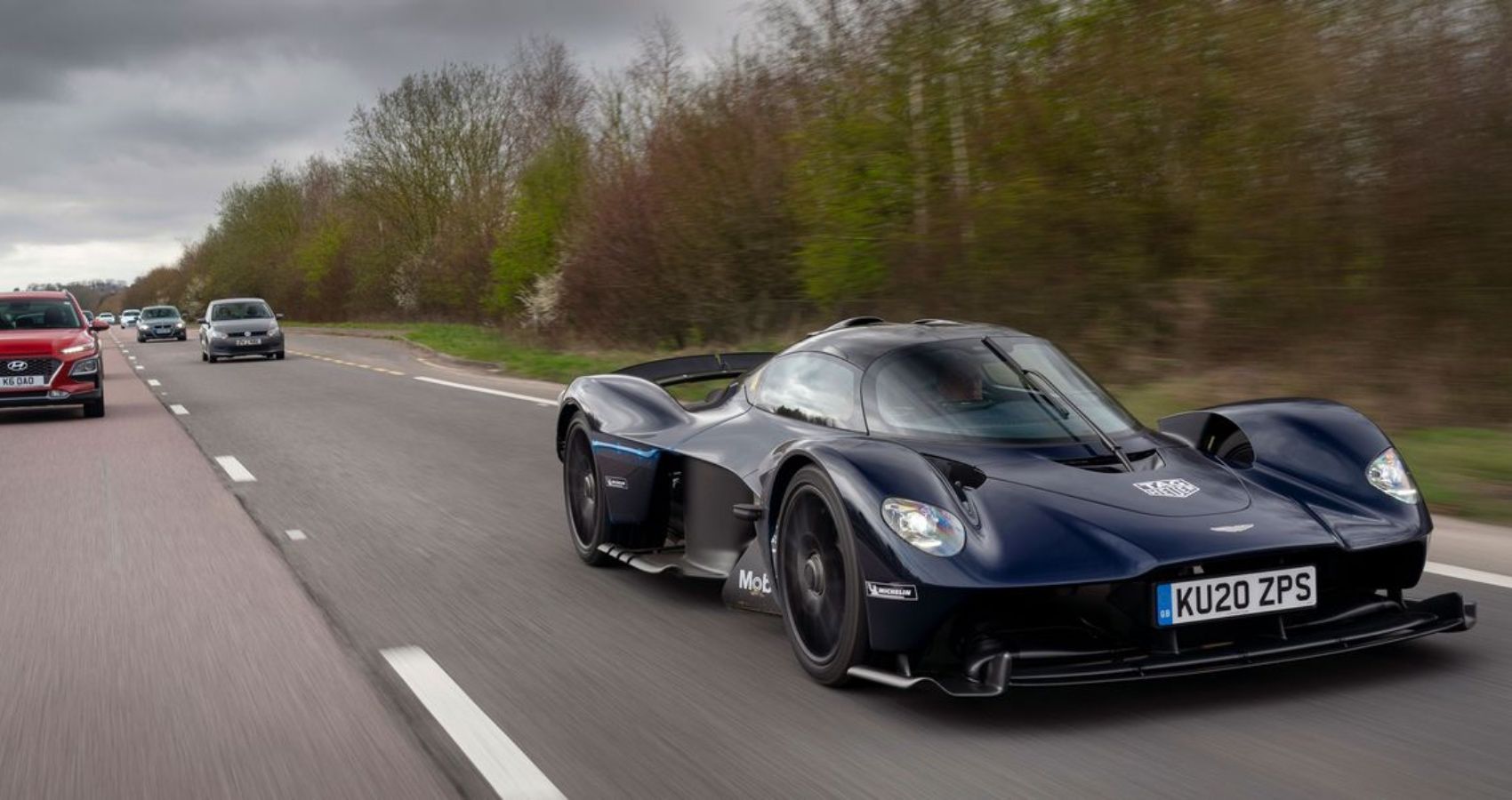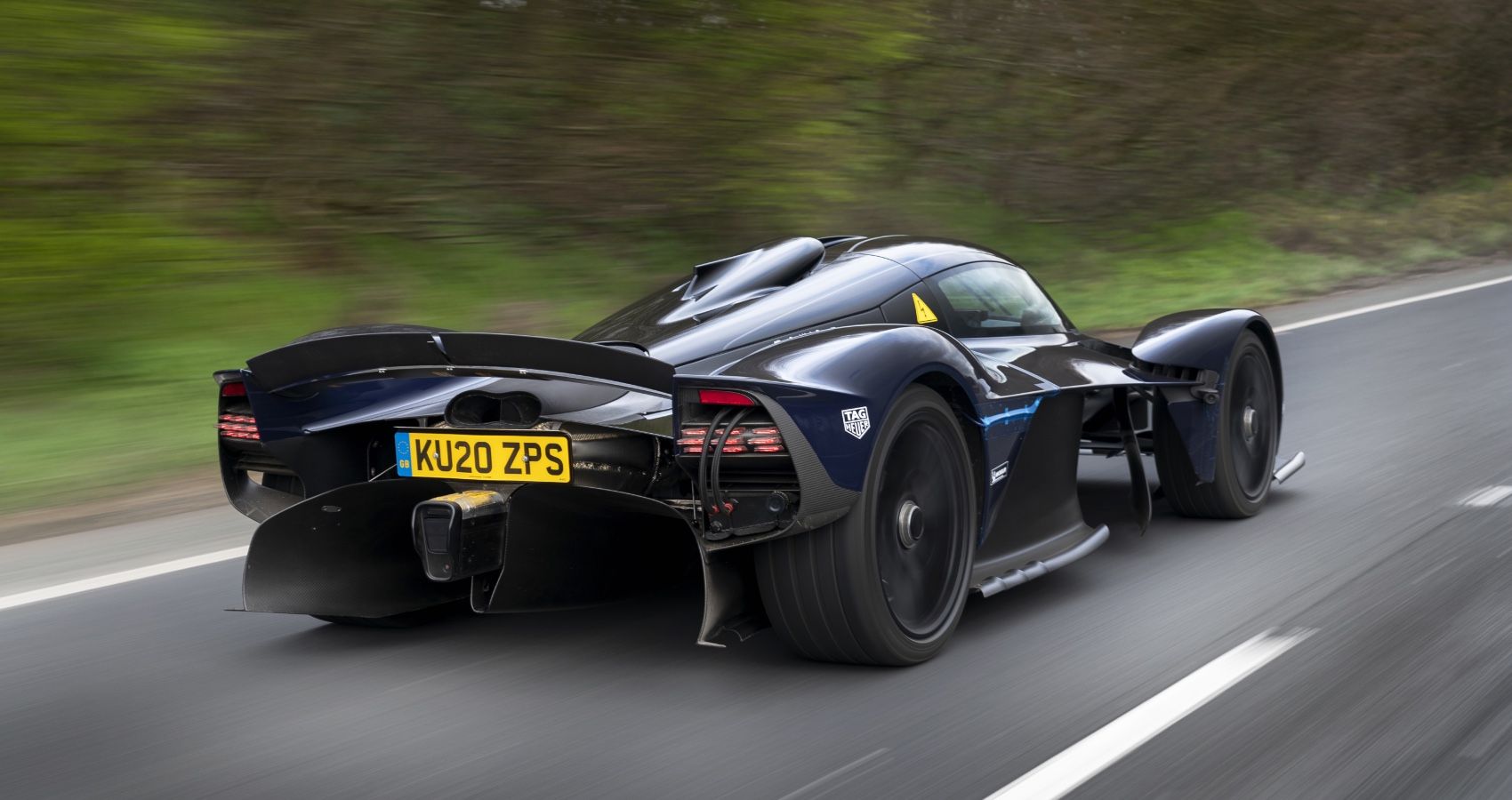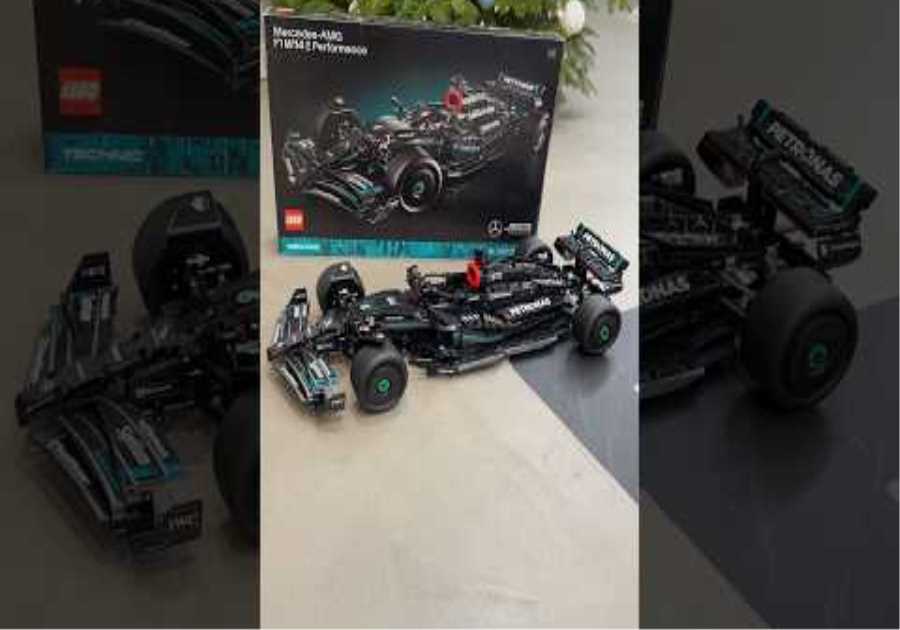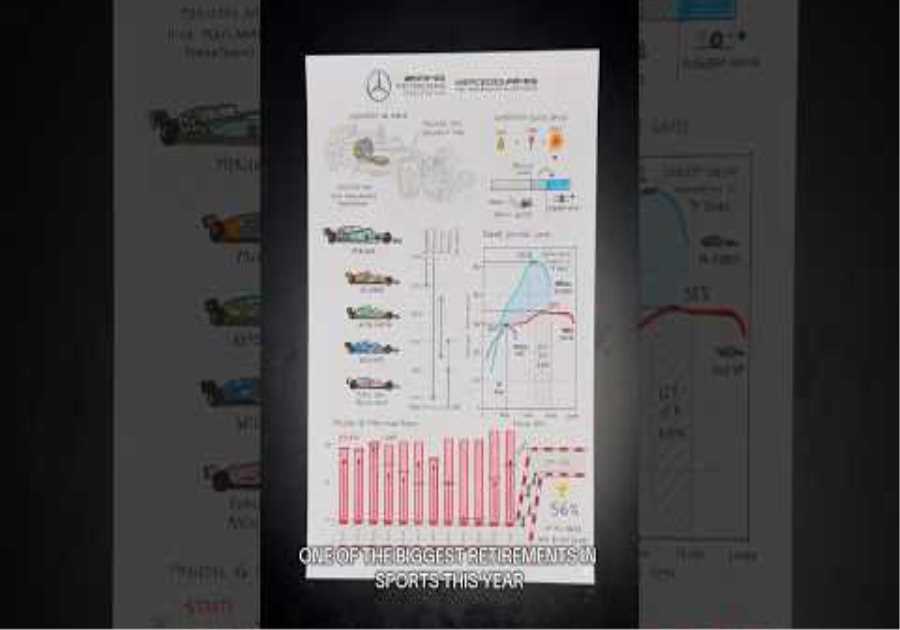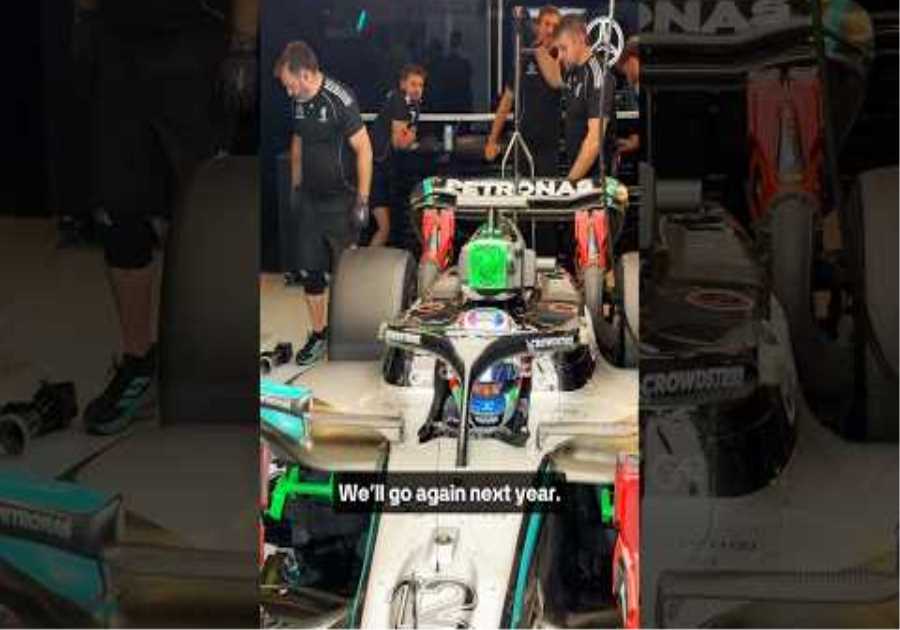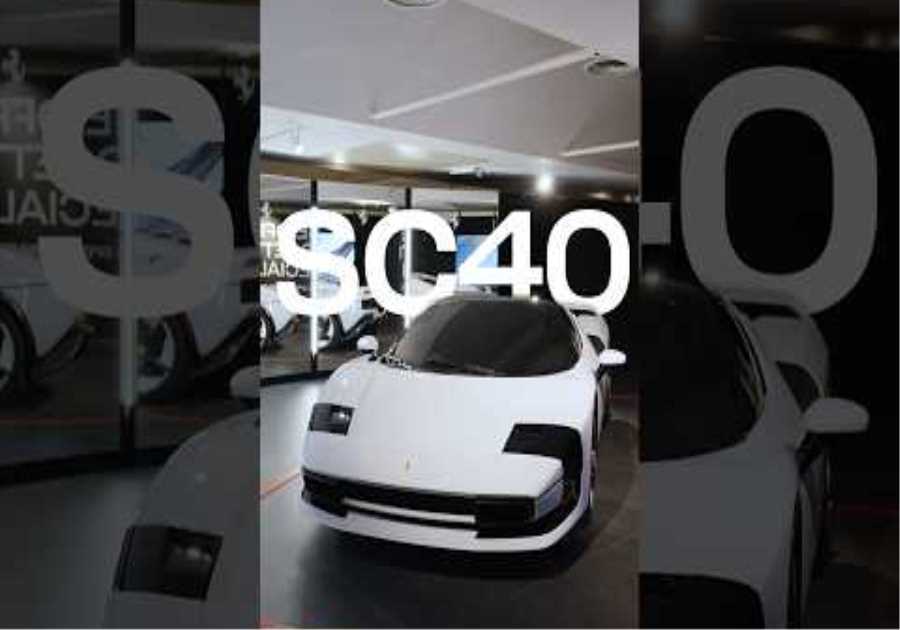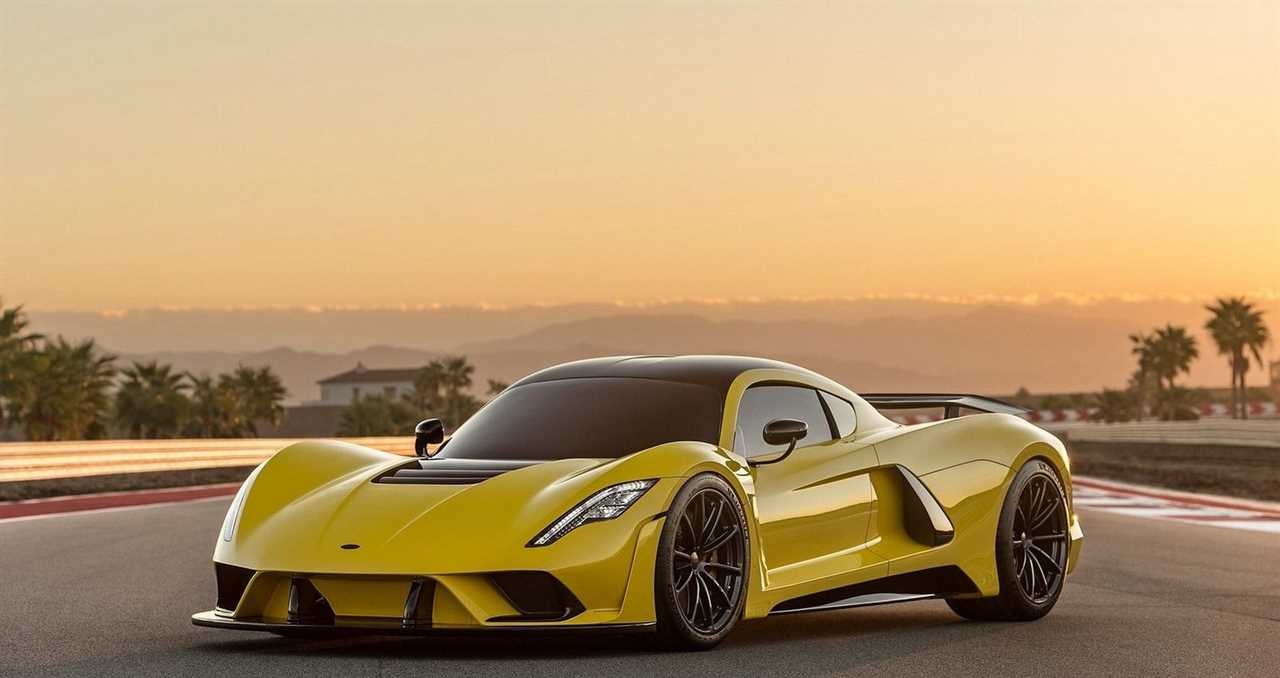
The automotive industry has changed a lot over the last couple of decades, but one thing which has remained a constant is the relentless pursuit of speed. From the beautiful Duesenberg SJ in the 1930s to the legendary McLaren F1 in the 1990s, the hypercar has continued to push the boundaries of automotive engineering.
Today’s hypercar is vastly different from what it was in the 1970s and 1980s, yet it still kept the same basic philosophy – go as fast as possible. Where the hypercar was usually something relatively small, but with a huge engine – like the McLaren F1 – the modern hypercar doesn’t even have an engine at all. Instead, they are electric and produce more power than the equivalent internal combustion ever could – as in the case of the Lotus Evija and Rimac Nevera. While some automakers still stick with the traditional – like Aston Martin with their naturally aspirated V12 – most others have adapted to using forced induction and hybridization to boost their power outputs to ridiculous levels.
So, while the hypercar has seen some dramatic changes over the years, they all still follow the same ethos – to go fast. With that, here are ten current hypercars which every gearhead should know about.
10 Bugatti Chiron Pur Sport Grand Prix
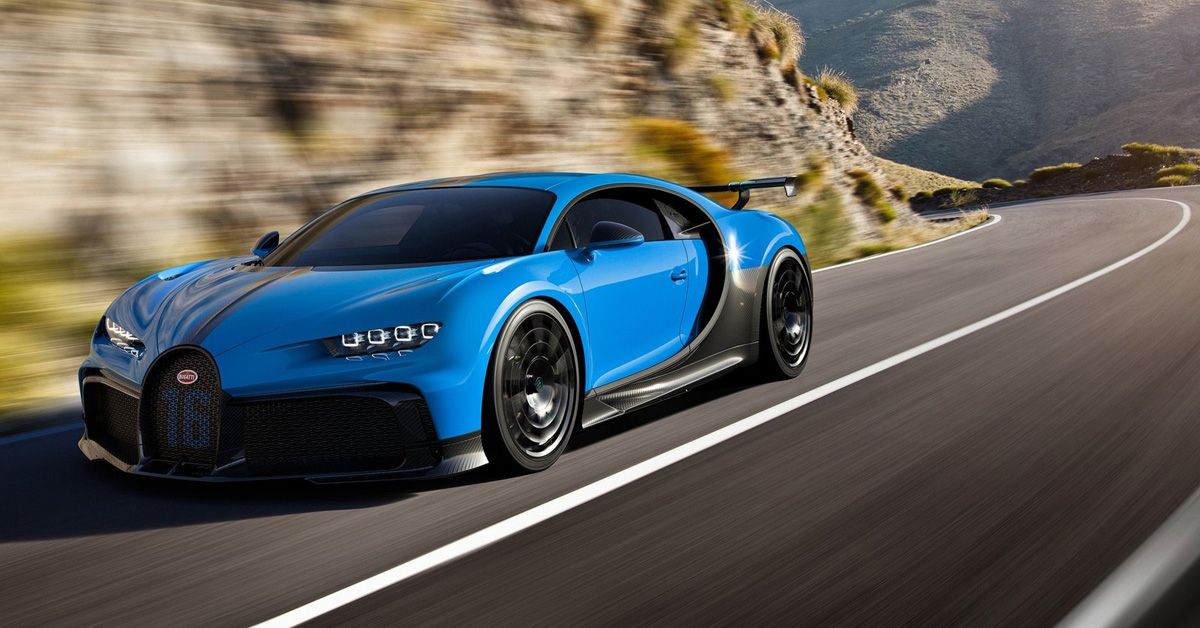
The Bugatti Chiron is one of the most well-known hypercars on the market. Essentially a more modern and even more elegant version of the original Veyron, the Chiron boasts much more power and has a higher top speed. Bugatti has unveiled multiple special edition versions of the car, including the Pur Sport Grand Prix.
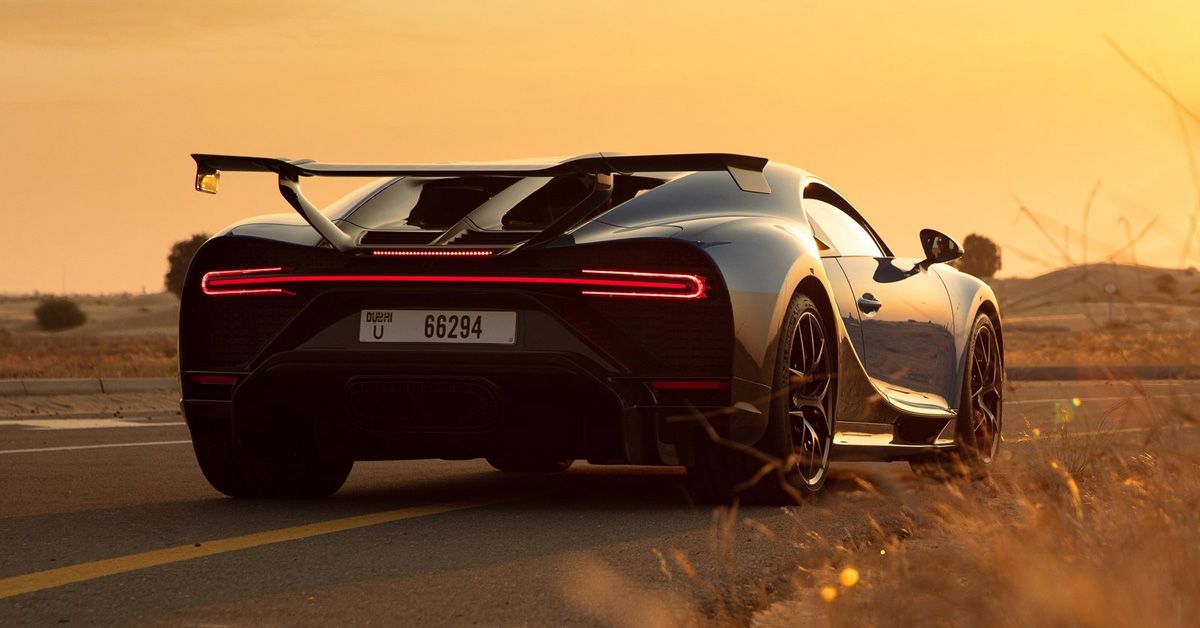
The Pur Sport Grand Prix is a customizable version of the regular Pur Sport – which itself is a more track-focused version of the Chiron. The Pur Sport GP has the same 8.0-liter quad-turbo W16 engine, producing the same 1,500 hp. The vehicle was lightened by 110 lbs, the engine gained a higher redline (6,900 rpm) and 80% of the transmission was redone to offer quicker shifts. The Bugatti Chiron Pur Sport Grand Prix follows the ‘Sur Mesure’ (tailor-made) philosophy started by Louis Chiron in the 1930s.
9 Mercedes-Benz AMG One
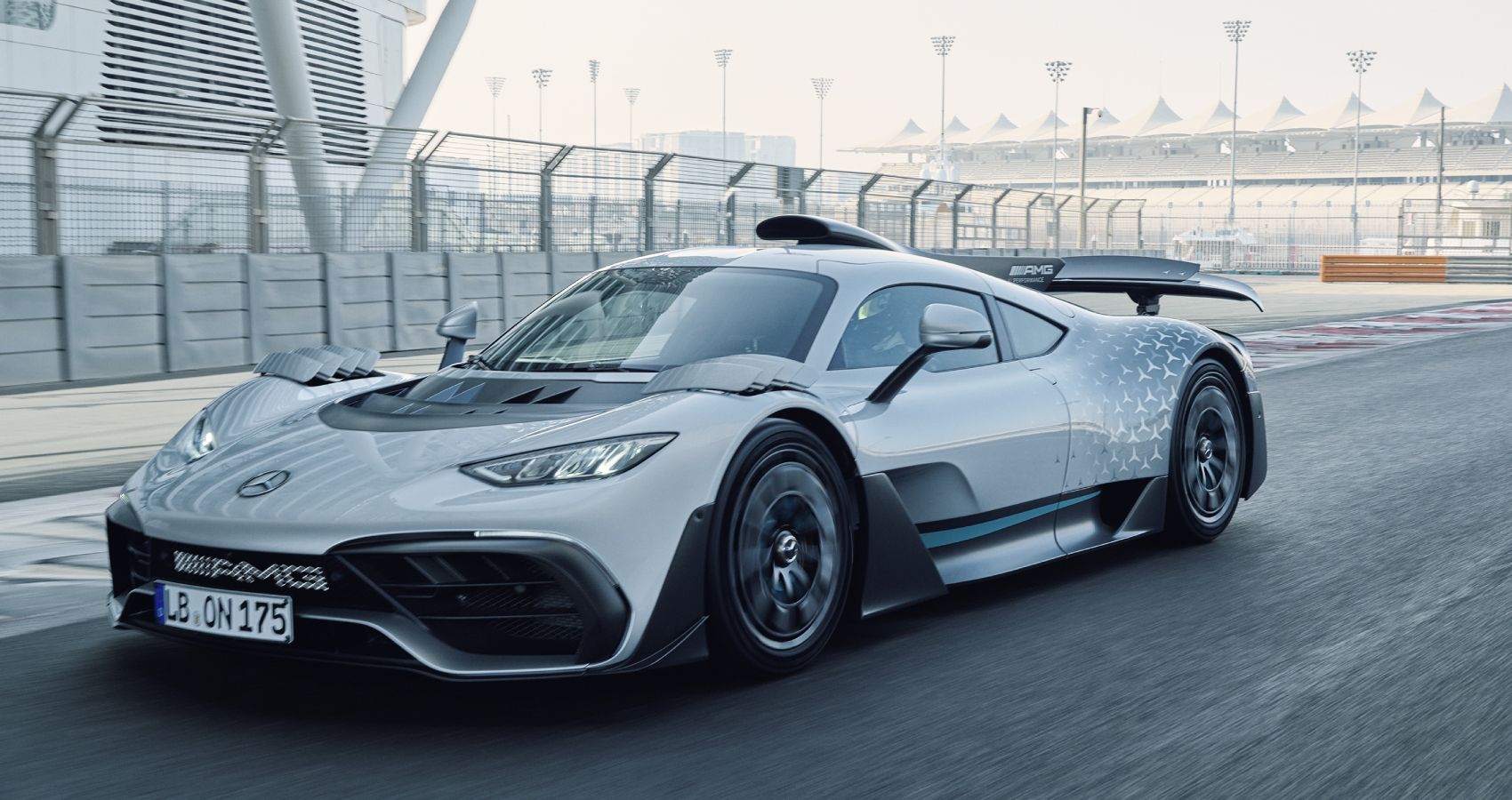
The Mercedes-Benz AMG One has been years in the making, with the production version only being unveiled in June 2022. The AMG One’s whole concept was to take Formula One technology and deposit it into a road car. While this was followed as closely as possible, there are still major differences between the AMG One and an F1 car.
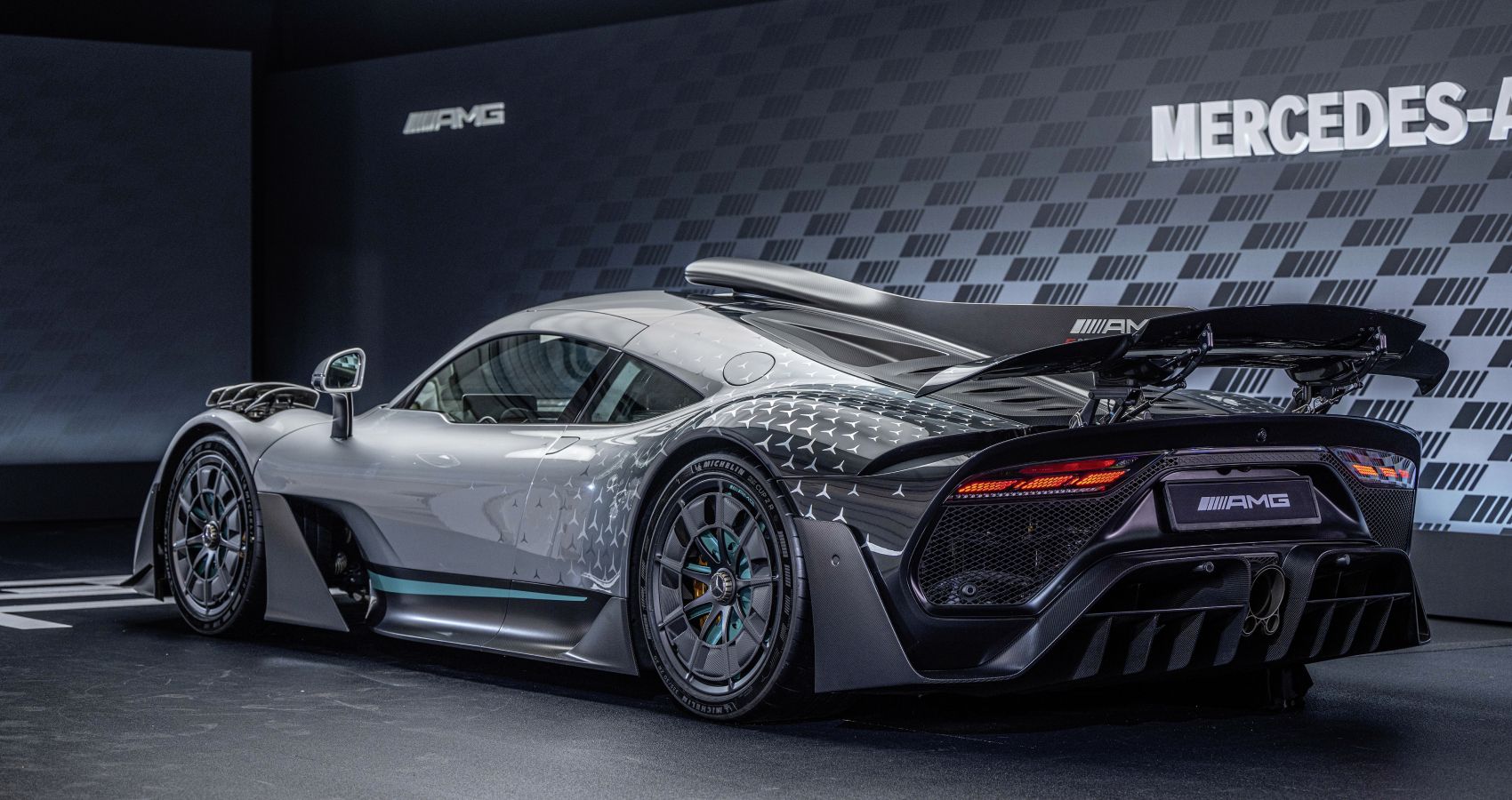
The AMG One will feature a 1.6-liter hybridized turbocharged V6 and four additional electric motors. The combined power output is somewhere in the region of 1,050 hp being sent to all four wheels via a 7-speed dual-clutch automatic. Much like F1 cars, the AMG One’s engine revs high, but will require rebuilding every 31,000 miles.
8th Koenigsegg Jesko Absolute
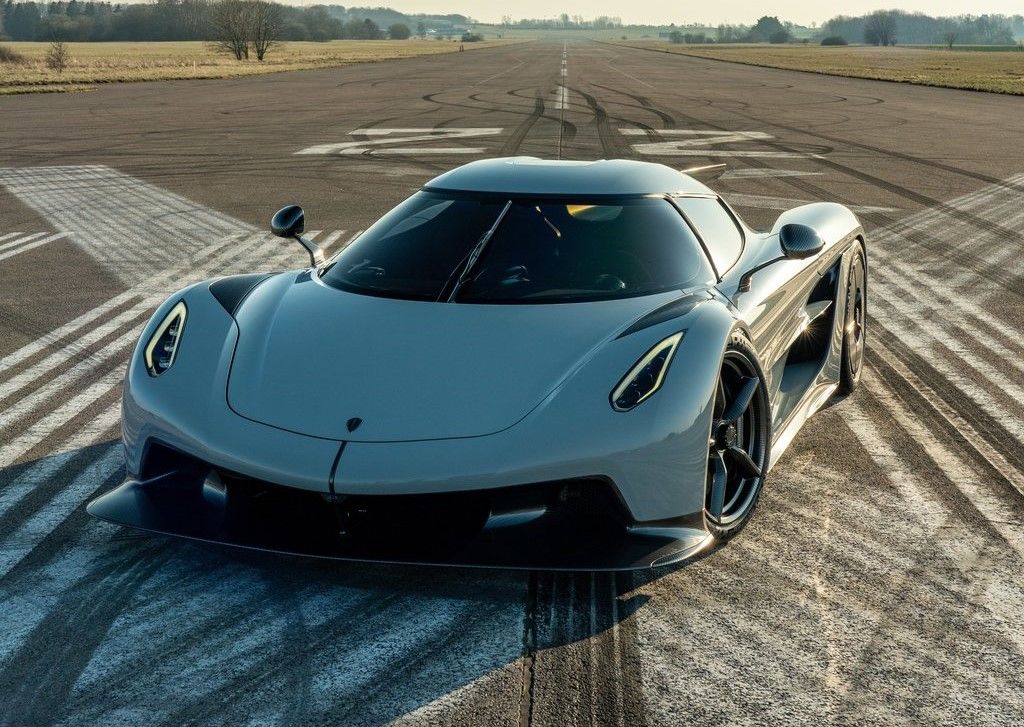
The Koenigsegg Jesko is by far the best car the Swedish company has ever made. The car is fitted with Koenigsegg’s own 5.1-liter twin-turbocharged V8, sending power to the rear wheels only via a 9-speed Koenigsegg multi-clutch automatic transmission.
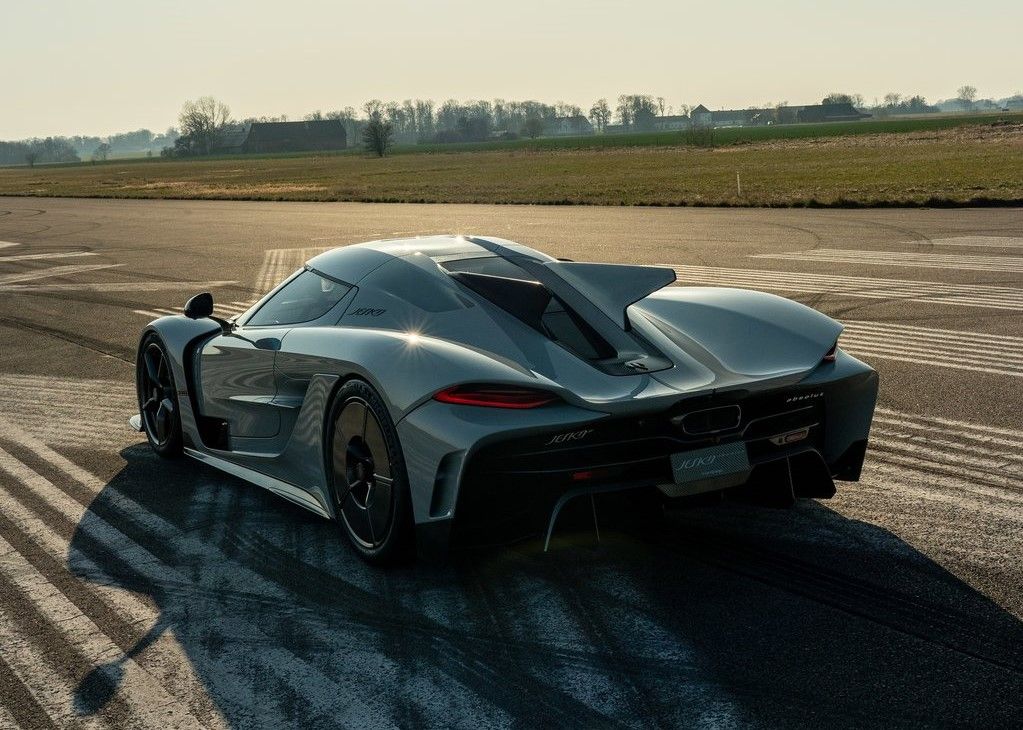
The Jesko is available in two different versions, the Jesko Attack and the Jesko Absolut. The Attack version has a beautiful sweeping wing on the rear and is the version seen most. The Absolut is the production land-speed record car and will be produced in limited numbers. The Jesko Absolut has a better drag coefficient due to the removal of the wing, splitter and canards, which means the car has a theoretical top speed of around 300 mph, possibly even 330. We’ll just have to wait and see when Koenigsegg actually runs the car.
7 Aston Martin Valkyrie
Via: Aston Martin
The Aston Martin Valkyrie, like the AMG One, is a car years in the making. Built with the aid of Red Bull, the Valkyrie is specifically designed to be the fastest road car around a track – interesting that Mercedes-Benz and Gordon Murray Automotive had the same idea.
Via: Aston Martin
The Valkyrie is fitted with a 6.5-liter naturally aspirated V12, built in conjunction with Cosworth, mated to an electric motor to produce a combined 1,160 hp. Power is sent to the rear wheels only via a 7-speed automated manual transmission. Interestingly, the Valkyrie also features an F1-style KERS system supplied by Rimac.
6 Hennessey Venom F5
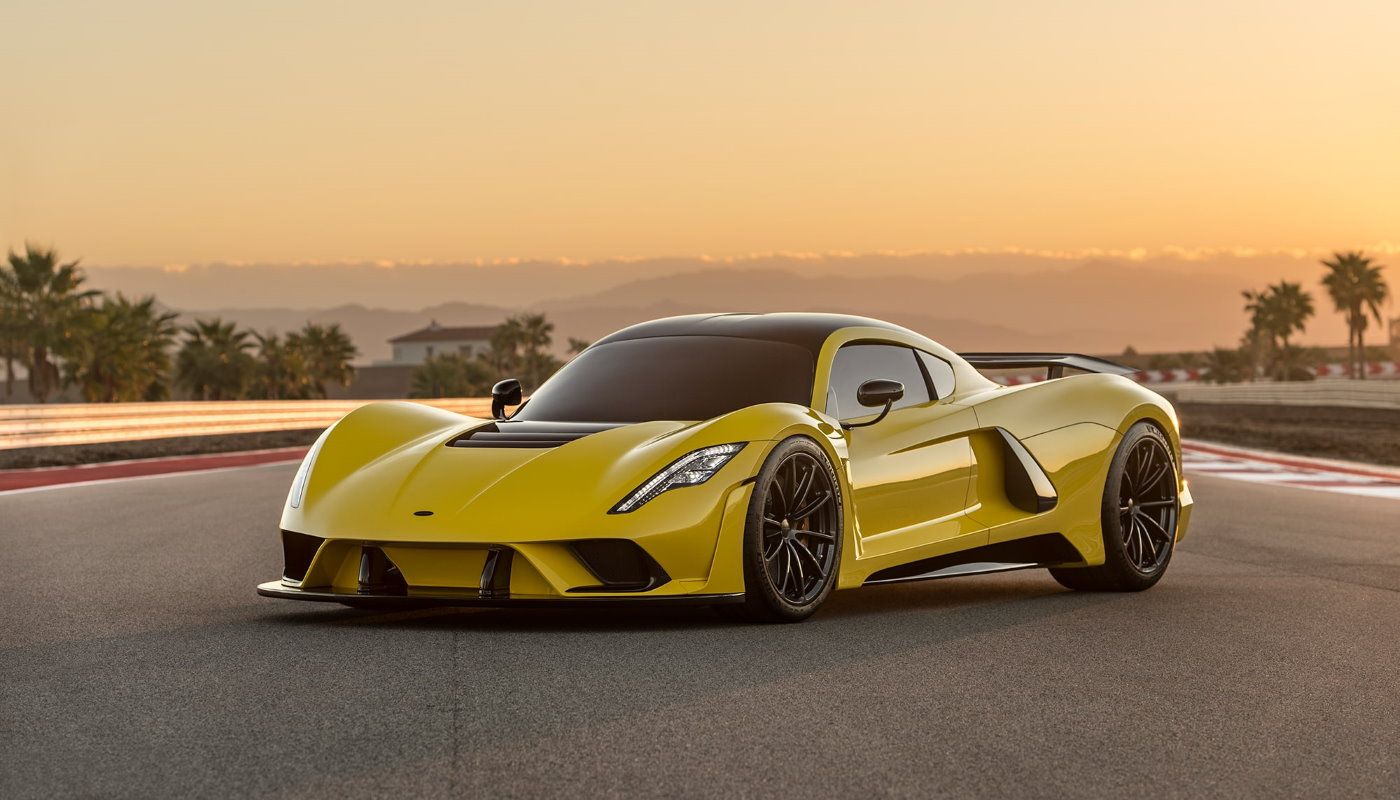
The Hennessey Venom F5 is the successor to the now legendary Venom GT, which was a heavily modified Lotus Elise with a twin-turbo V8 in the back. The Venom F5 follows that ethos, but this time has a completely redesigned chassis and body. The engine is also a bespoke one designed by Hennessey themselves, rather than the Venom GT’s modified Chevrolet unit.
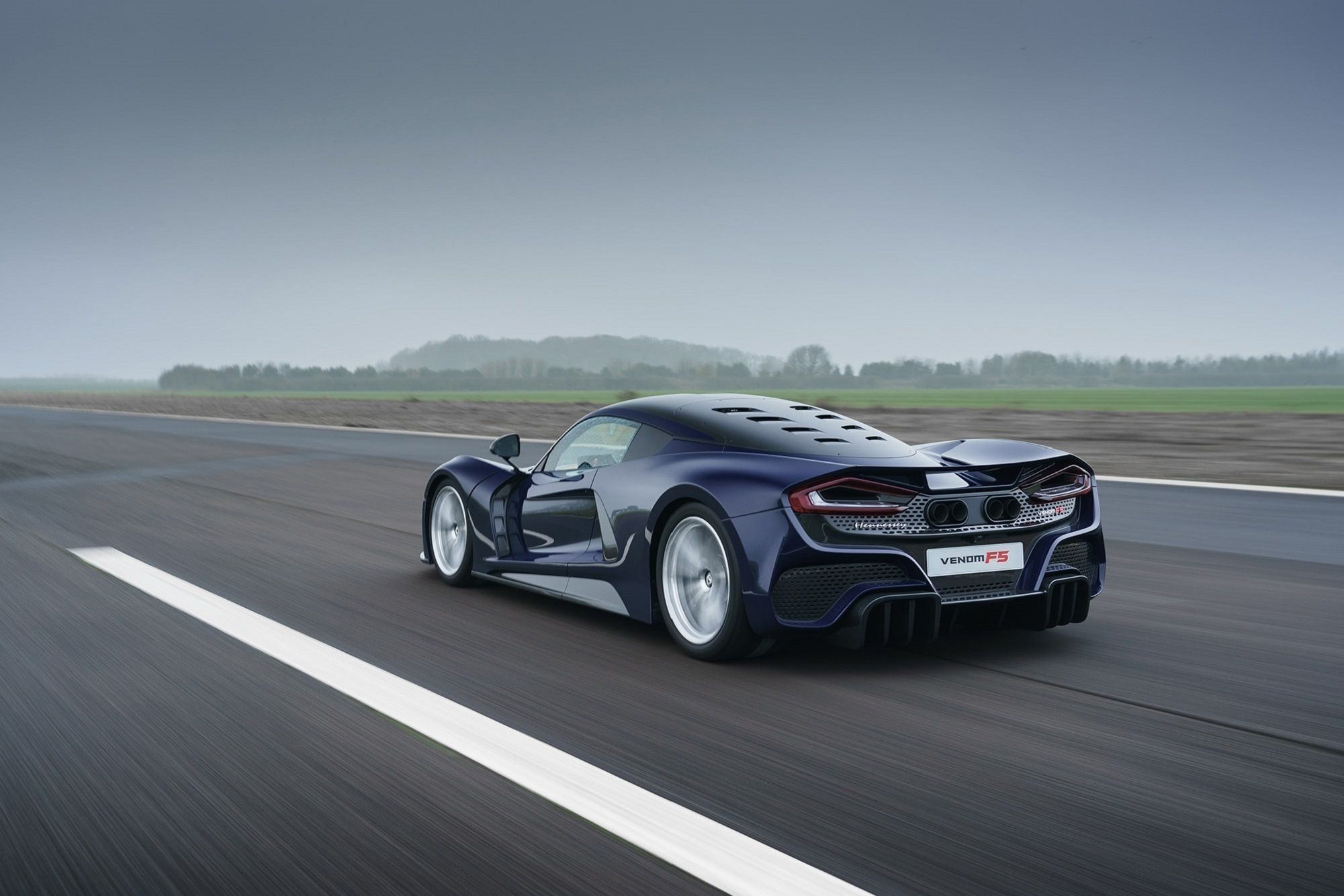
The Venom F5 has been confirmed to produce 1,817 hp and 1,193 lb.ft of torque from its 6.6-liter twin-turbocharged V8, sending power to the rear wheels only via a 7-speed automated manual transmission. Hennessey is still testing the vehicle, but have confirmed that it can reach 300 mph, putting it in contention to become the world’s fastest production car.
5 Lotus Evija
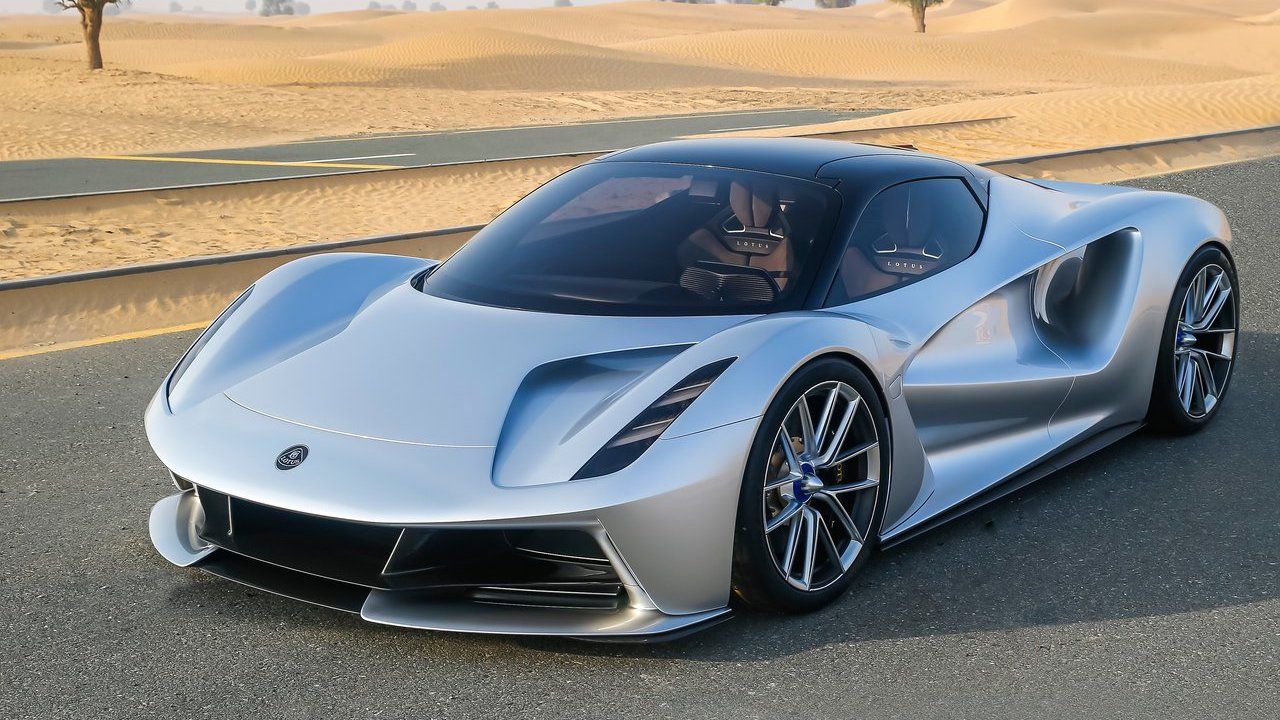
The Lotus Evija is a limited production electric hypercar from the British manufacturer. It is powered by four electric motors – one at each wheel – and combined, produces nearly 2,000 hp. It has a 70 KWh battery, which gives the Evija around 250 miles of range – when not thrashing the throttle.
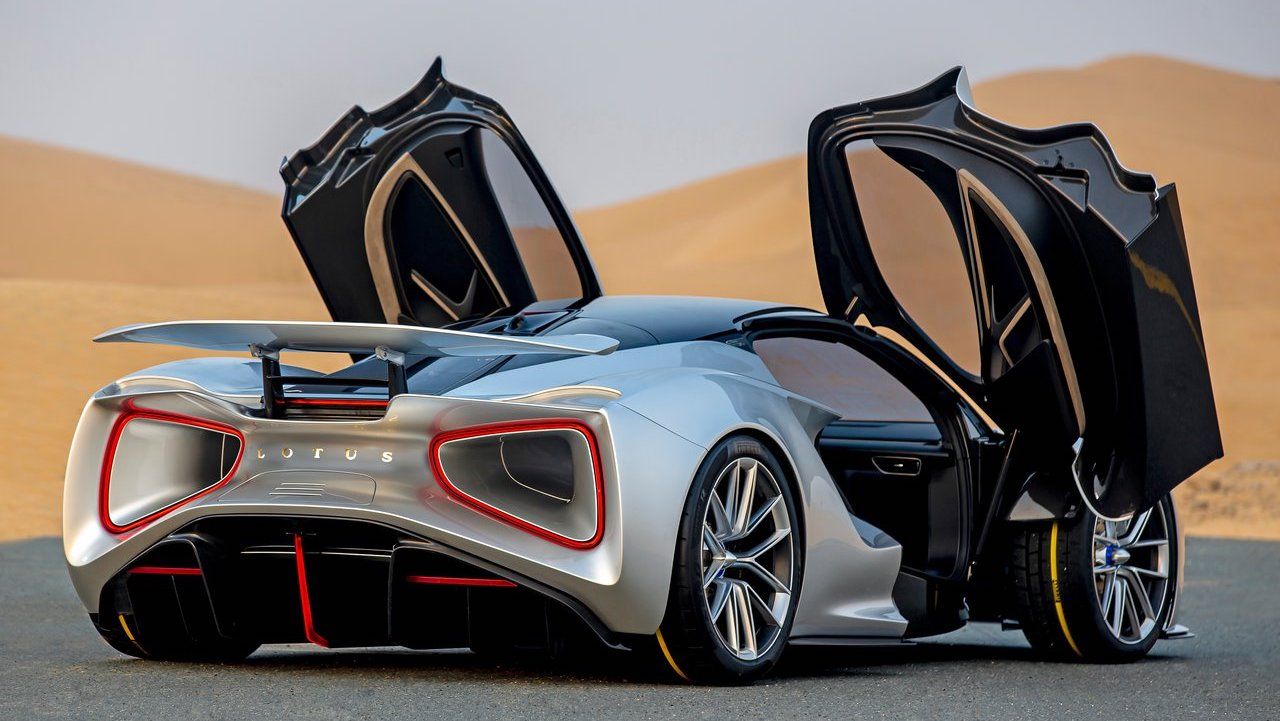
The Evija can accelerate from a standstill to 60 mph in less than 3 seconds and continues on to well over 200 mph. It can also accelerate to 186 mph in just 9 seconds, making it one quick hypercar. The Evija is also the start of Lotus’ new design language which has already influenced the upcoming Eletre electric SUV.
4 SSC Tuatara
.webp)
The SSC Tuatara is another contender for the world’s fastest production car. It is the new, completely redesigned version of the SSC Ultimate Aero from the early 2000s. The Tuatara is fitted with a specially designed 5.9-liter twin-turbo V8, which produces 1,350 hp when using 91 Octane fuel, 1,750 hp when running on E85 and 2,200 when the car is fitted with non-street legal upgrades.
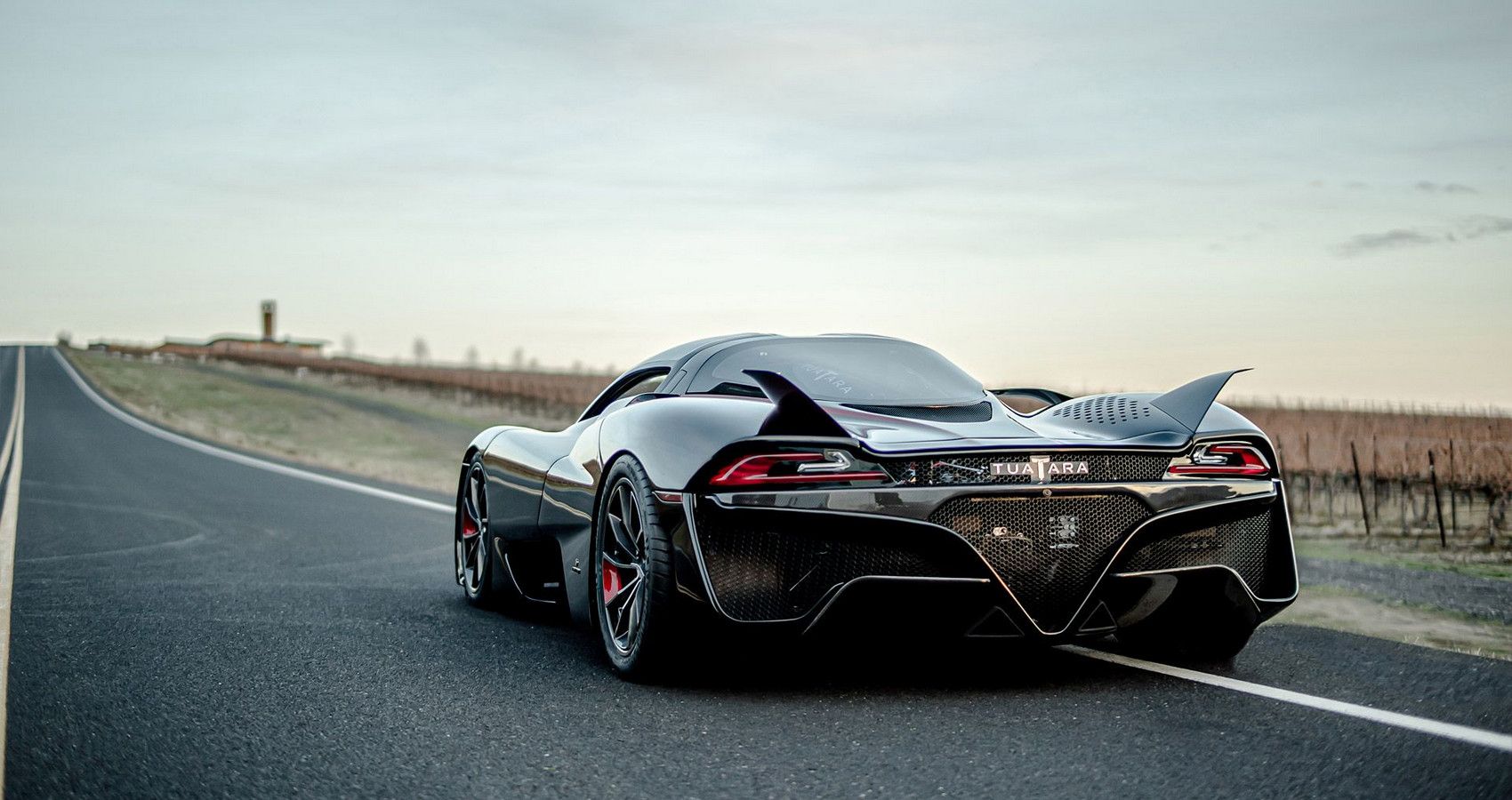
The SSC Tuatara has had multiple world record attempts since its introduction, but none have been able to claim the title just yet. SSC continues to make improvements and fiddles with the electronics to produce an absolutely ridiculous vehicle which could well be the fastest production car.
3 Rimac Nevera
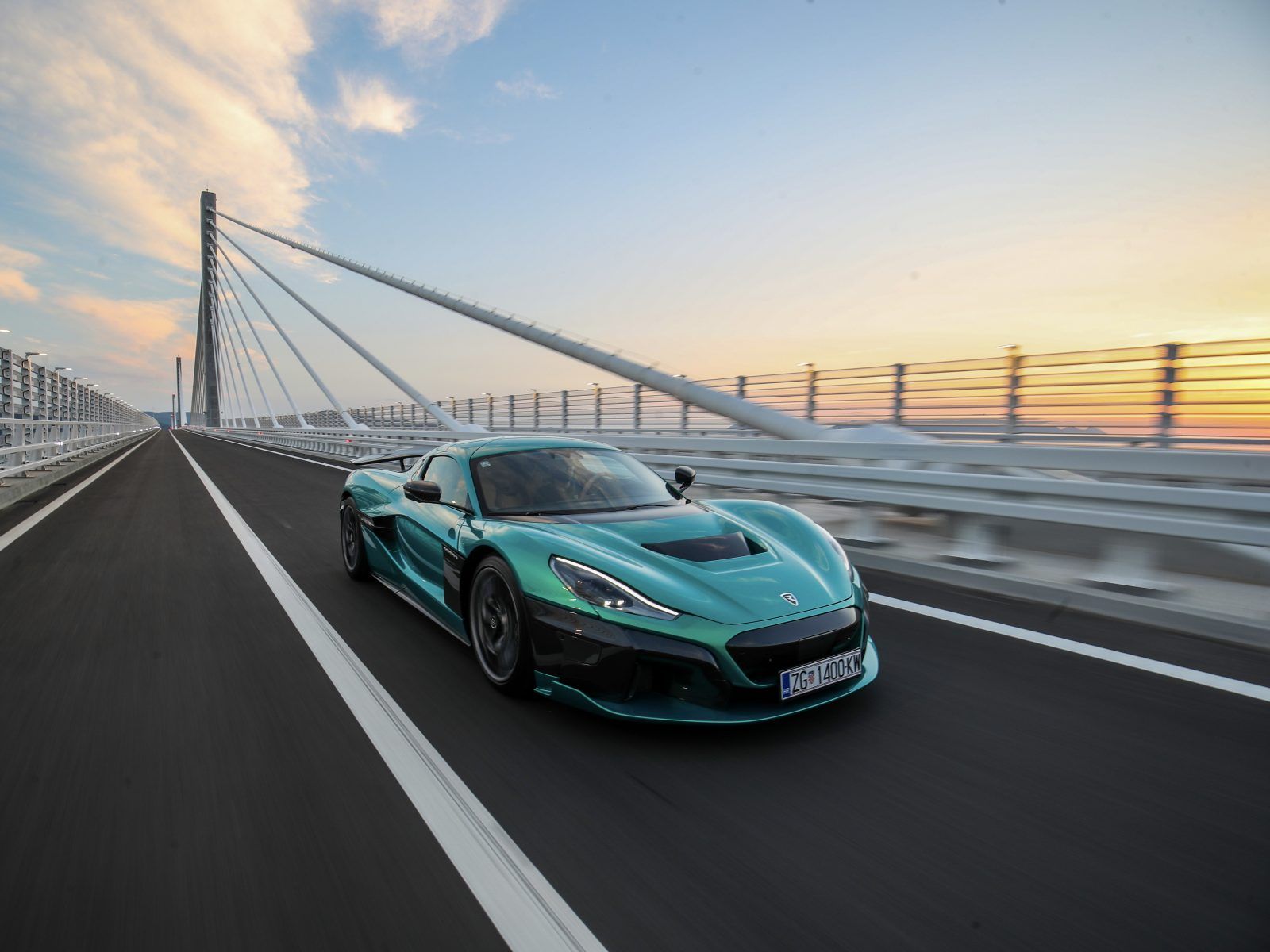
From the fastest production car to the quickest with the Rimac Nevera. The Nevera is the production version of the Concept_2 and is the quickest production car ever made. The Nevera is powered by four electric motors – one at each wheel – producing a combined 1,914 hp and 1,741 lb.ft of torque.
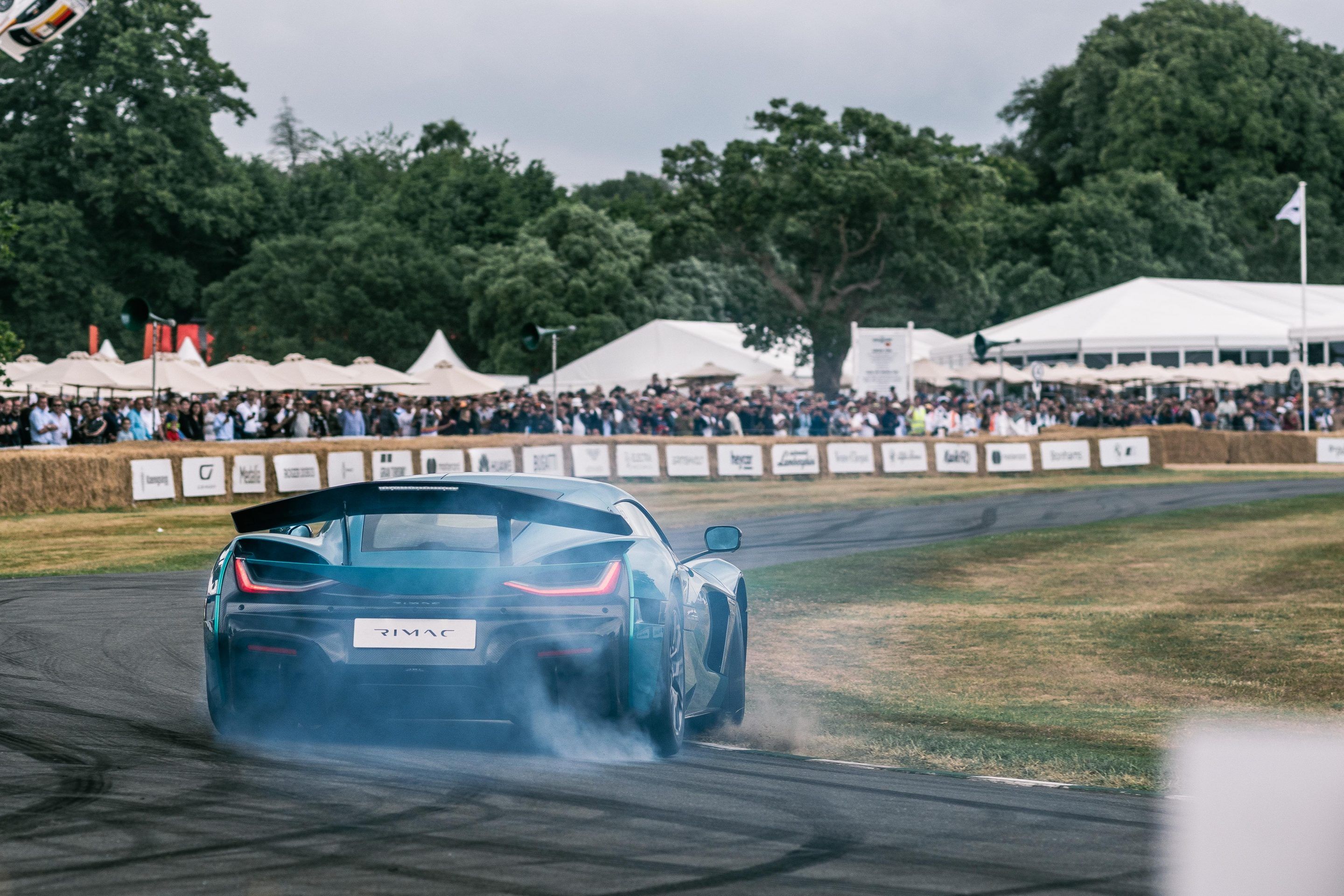
The Nevera has posted unofficial drag times – which are simply unbelievable. The car was able to accelerate from a standstill to 60 mph in 1.9 seconds, 0-100 mph in 3.6 seconds and 0-150 mph in 6.8 seconds. This means the Nevera accelerates to 150 mph faster than a De Tomaso Mangusta can accelerate to 60 mph. The Nevera truly is a fantastic vehicle in terms of acceleration.
2 GMA T.50
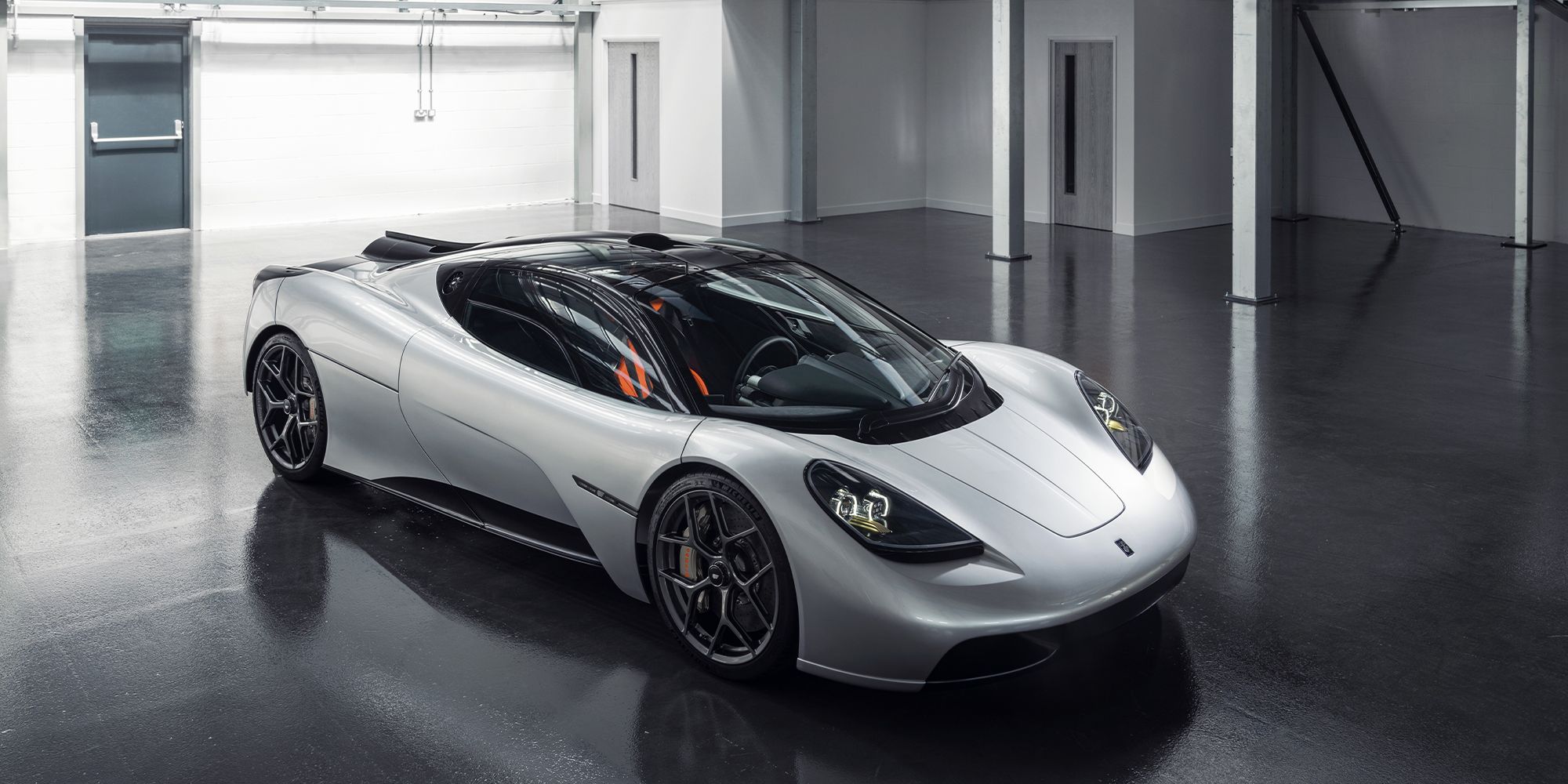
Gordon Murray was the genius behind the now legendary McLaren F1. Now however, he has taken his initial design and improved every part of it to create the GMA T.50 – the spiritual successor to the McLaren F1. The T.50 will feature a 4.0-liter Cosworth-designed naturally aspirated V12, mated to a 6-speed manual transmission powering the rear wheels only.
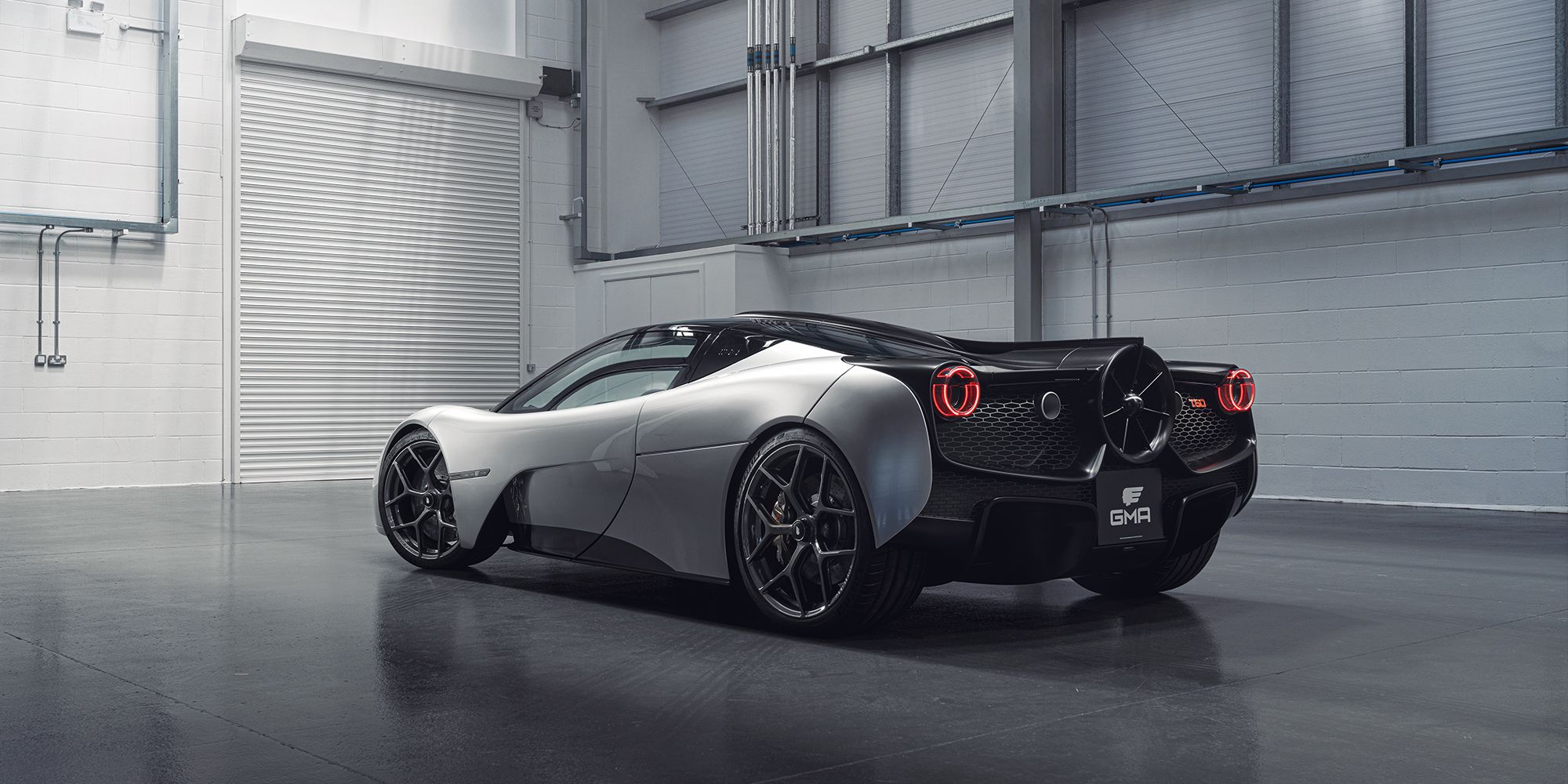
The T.50 isn’t going to be the most powerful of cars, but thanks to the 650 hp and 2,200 lbs weight, it’ll have a power-to-weight ratio to rival the best of the best. The T.50 will also feature a fan which will literally suck the car to the road – a grip method which Mr. Murray wanted to incorporate into the F1. The GMA T.50 will most likely be among the best handling cars in the world.
1 Koenigsegg Gemera
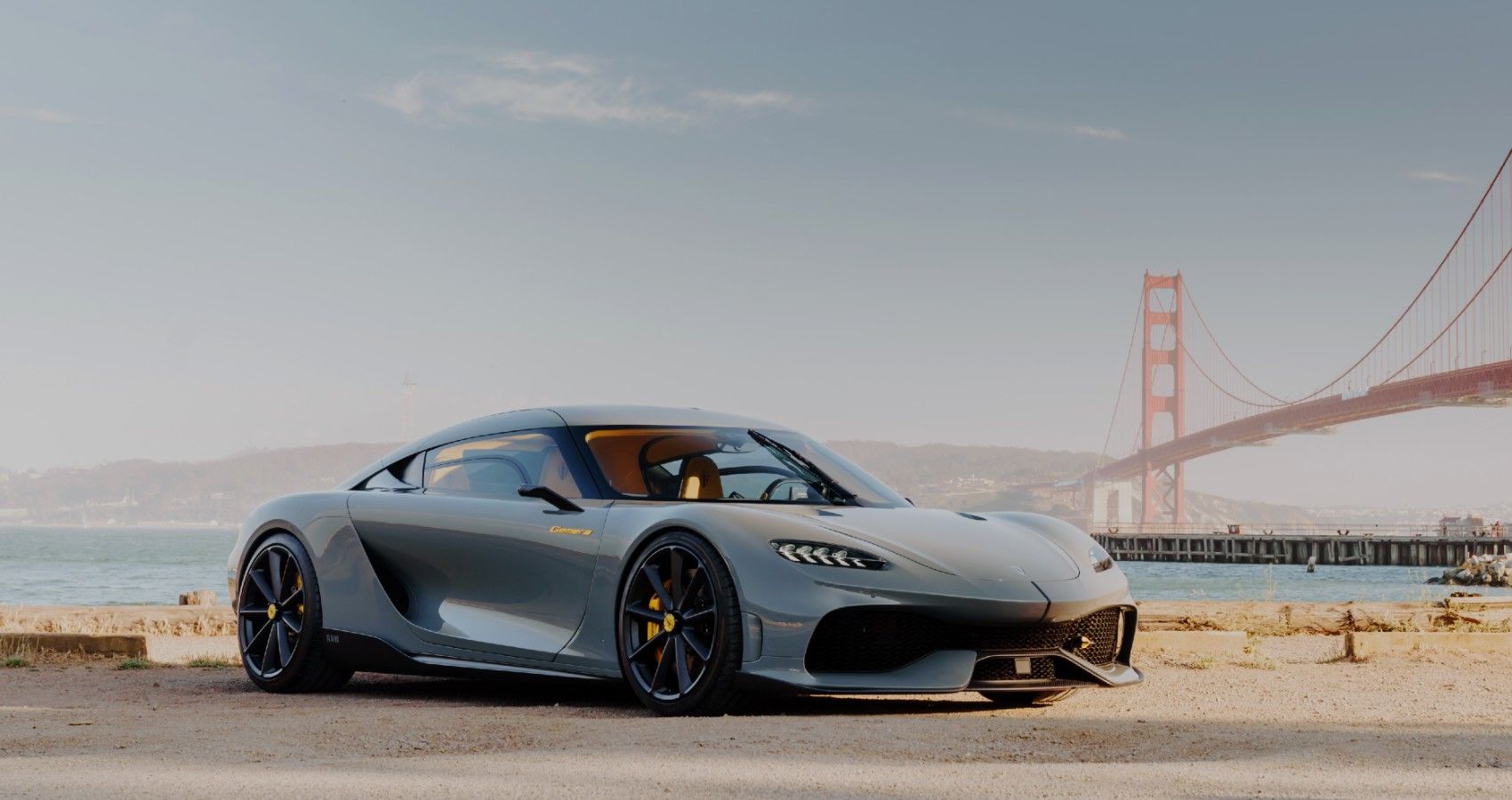
The Koenigsegg Gemera is what happens when the founder and CEO of one of the auto industry’s hypercar manufacturers want to take more than one passenger on a high-speed run. The Gemera is the more family-oriented version of Koenigsegg’s cars, featuring four seats and a revolutionary new drivetrain for Koenigsegg.
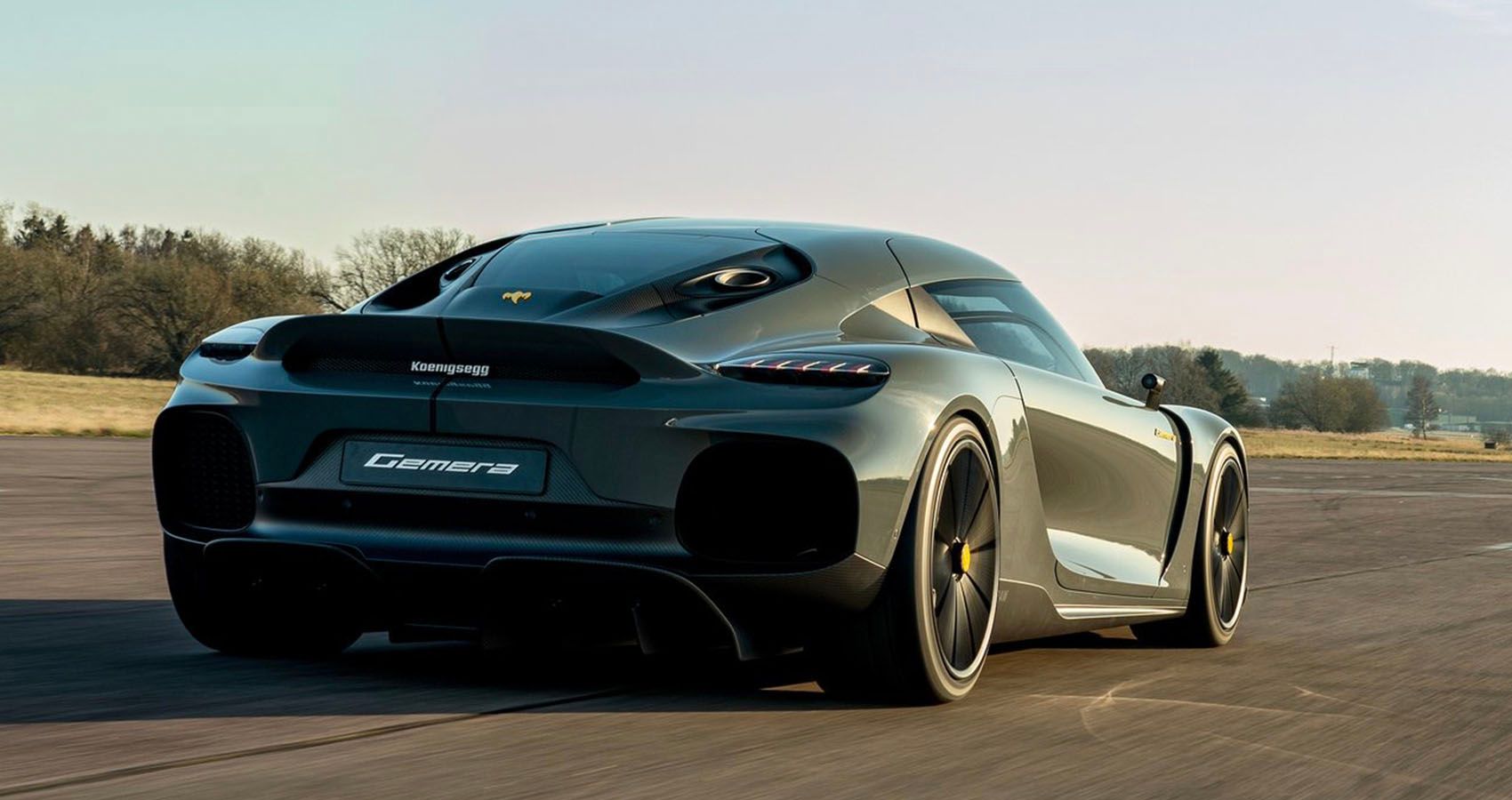
The Gemera is powered by a 2.0-liter twin-turbocharged inline-3 camless piston engine, mated to three additional electric motors which produce a combined 1,700 hp and 2,581 lb.ft of torque. The Gemera features the company’s signature Dihedral Synchro-Helix doors – the largest ever made for a Koenigsegg – and enough room for four adults.
The amazing thing about the Gemera is that it can travel at 250 mph in relative comfort, all while achieving a 0-60 mph time of around 1.9 seconds. The car also has an all-electric mode which allows it to travel up to 186 mph. The Koenigsegg Gemera is definitely one of the most exciting hypercars every motoring enthusiast should know about.

